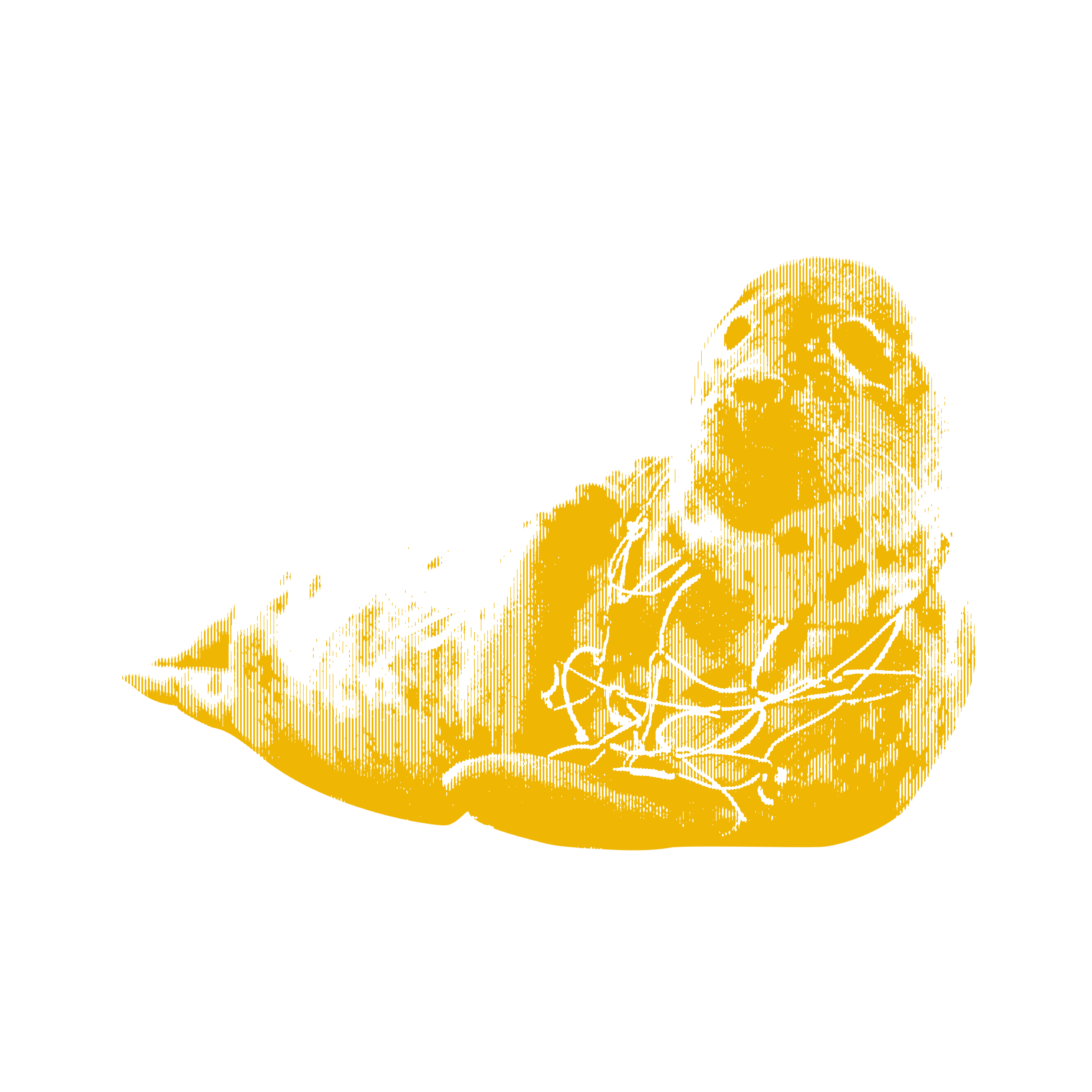
Inside the factory, shirtless workers stretch freshly dyed sheets of goat leather across industrial drying racks. Sleek and durable, the leather is in great demand at fashion houses from Italy to Hong Kong, feeding a global appetite for Bangladesh-made clothing that has boosted the country's export earnings more than 20% in the past year. But outside, under the glaring sun, it's clear who's paying the price. Toxic runoff, the color of crude oil, is discharged into open gutters that course their way through jam-packed streets and makeshift housing, en route to city waterways. Seated by one of the gutters on his tea break is a gaunt Saddam Hossein—he is 23, but looking 10 years older and his hands are scarred from processing chemicals. "It's hard labor," he says. "But what else can I do?"
Bangladesh has become synonymous with cheap, ready-made garments and—in the wake of April's Rana Plaza disaster—the appalling cost of fast fashion. Less notorious but no less grim is its booming leather industry, where workers and environment are degraded to sustain a billion-dollar business. Nearly all the country's 206 tanneries are concentrated in one area—Hazaribagh, a cramped, filthy neighborhood in southwestern Dhaka, the sprawling capital.
Hazaribagh, or Thousand Gardens, could not be further from its name. Lacking a single waste-treatment facility, the area is drowning in pollution. According to government figures cited in an October 2012 report from Human Rights Watch, some 21,000 cc of untreated waste is dumped by tanneries into the Buriganga River every day. An excess of chemicals in the water and soil is taking their toll on the health of roughly 180,000 people now crammed into the area, many of whom attest to a rise in painful skin rashes and respiratory problems.
"It is worse here every year—the water smells, our children are getting sick and the government doesn't care," says Khalilur Rahman, 52, a shopkeeper who has lived in the area for three decades.
Conditions are nightmarish for the 16,000-plus tannery workers, whose first and secondary exposures to harsh chemicals are said to have reduced life expectancy to less than 50. In the bowels of the M/B Tannery, employees without gloves load chemicals such as chromium and sodium formate into giant churning drums of animal hides. Spillage streaks the factory floor, and many of the workers are mere teenagers. Despite the dizzying heat, stench and health hazards, Muhammad Azim, 16, is glad to be earning $1.50 a day as a factory hand to support his father, a rickshaw puller. "I guess I'm getting used to things," he says.
Mohammed Abdul Hai, head of the Bangladesh Tanners Association, boasts that his industry has come a long way since the early days, with a higher-quality product and better salaries. He dismisses allegations of child labor on grounds that "only men can do this kind of work." But he's also the first to admit that "nothing" has been done to fix the waste problem. It stands to reason: with the exception of two fines levied in April on a pair of tanneries, government monitoring and enforcement in Hazaribagh have been nonexistent.
In light of critical reports, some European buyers and diplomats have started to express concern. Hai insists that owners are finally moving forward on plans to relocate their tanneries to a purpose-built zone on the outskirts of the city starting next year. Since 2001, however, a series of court rulings ordering as much have been repeatedly delayed, and even city officials have grown cynical. The plots are ready and the owners are promising action, says Shaikh Yusuf Harun, deputy commissioner for the district of Dhaka, "but no one is moving."
In such a cash-strapped country, deciding who will foot a moving bill estimated at $400 million remains a sticking point. Philip Gain, a Dhaka-based environmental activist who tracks the leather industry, contends that foreign buyers should do more for the country's export-driven tanneries. The tanneries are "serially polluting the community," he says, "so buyers absolutely have a responsibility to these local people." Until the tanneries are moved—and that's a big if—he recommends construction of secure pipelines to transport waste to treatment facilities outside Dhaka.
For the slum dwellers who live on the edge of the neighborhood, the need to earn trumps all other considerations. In a pond of viscous red-gray liquid, several women dredge for leather scraps lost in one of the monsoon floods that recently swept the area. Arjina, 32, a mother of three with bloodshot eyes, plunges beneath the surface again and again to meet her bottom line: a factory owner is paying by the kilo, and she does not have a steady job. Arjina, who declines to disclose her full name, says, "It is work, and we must eat."

Education Resource
Jason Motlagh Discusses Reporting on Bangladesh Garment Factory Tragedy
On April 24, 2013, the dark side of the garment industry was laid bare with the collapse of the Rana...





